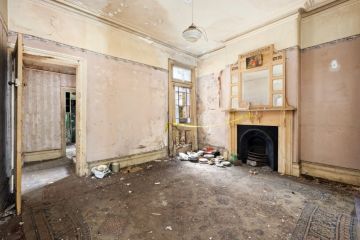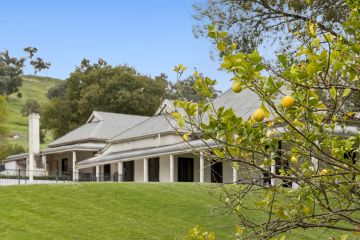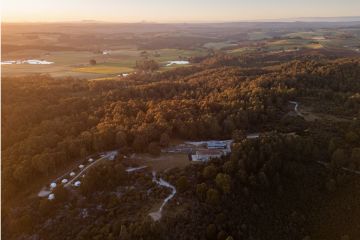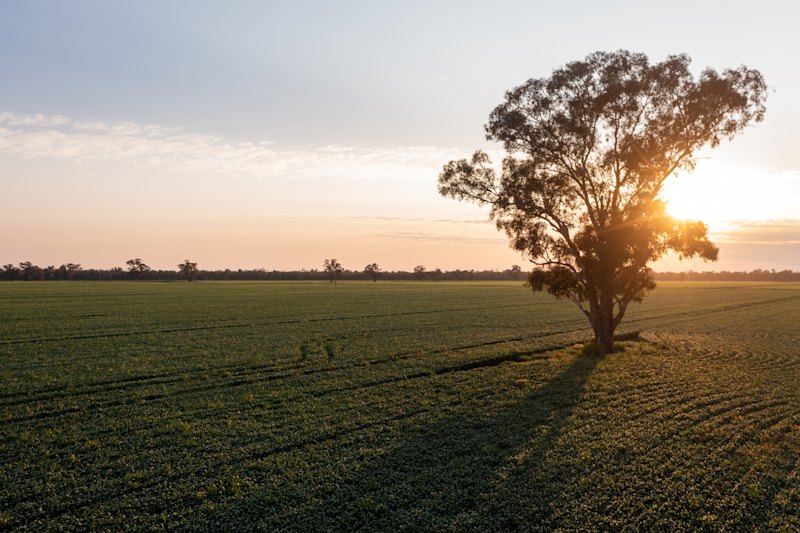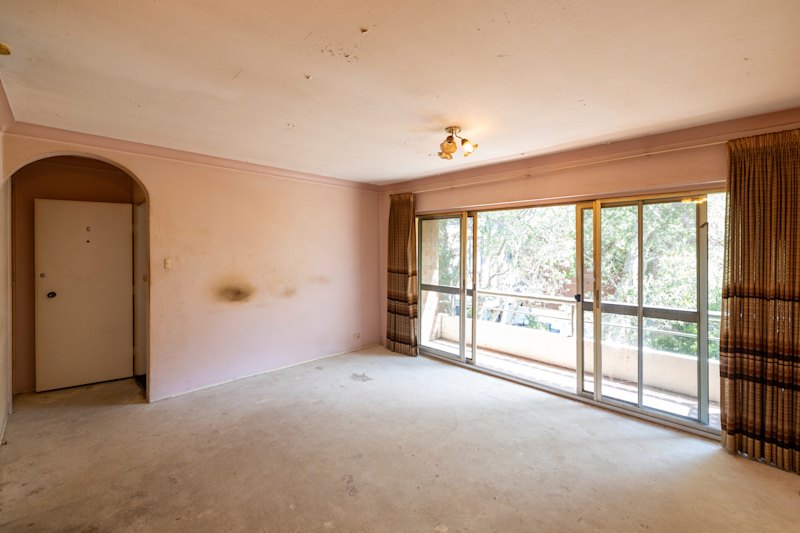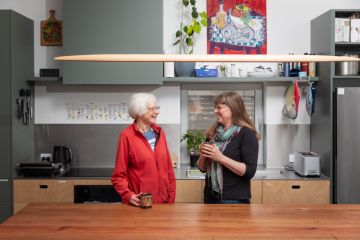The evolution of the Australian dream: High property prices alter home ownership dreams
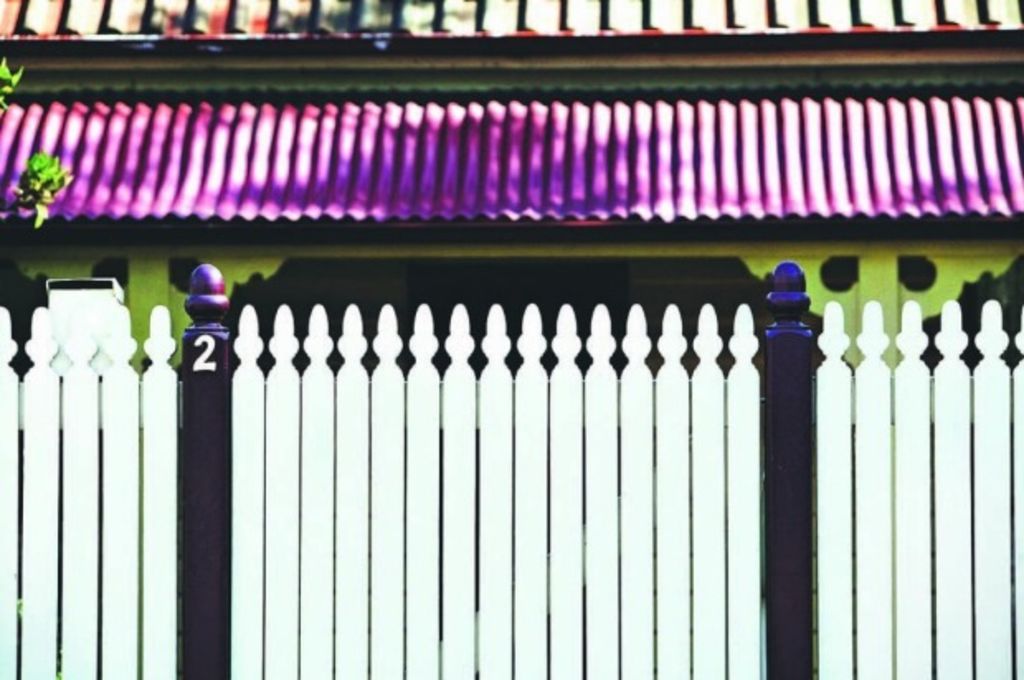
Rising property prices are dashing the great Australian dream of the family house on a quarter-acre block for an ever-growing number of young people.
Instead, the dream now comes in many forms. For some people, it’s owning an inner-city apartment. For others, it’s travelling the world, or more simply, living a healthy life.
Even for families who still dream of buying a house with a big backyard and a swimming pool, the aspiration has adjusted with decreasing affordability and what developers are offering.
Rather than traditional 1000-square-metre blocks, new housing, even on Melbourne’s fringes, is being built on land about a third of the size, according to Nicholas Smedley, managing director at Melbourne-based developer Steller.
“When you look at most broadacre land subdivisions and new blocks put on the market, they [are generally] minimums of 300 to 400 square metres,” he said.
“If you look in central suburbs like Carnegie and Murrumbeena, to get a land subdivision to build a townhouse, you need a minimum now of 300 to 350 square metres.
“So you’re really seeing quarter-acre blocks getting divided into three.”
The major change to the great Australian dream, Mr Smedley said, would be relinquishing open spaces and backyards.
“Young families are now adopting the communal parks and gardens, and taking a smaller slice of property to enable them to get into the property market,” he said.
And the definition of the Australian dream varies depending on the stage of life.
“For younger Australians, it’s about eventually [owning a home] and hopefully not having a mortgage one day,” Mr Smedley said.
“As you get older in life … for downsizers, it’s more about a carefree maintenance home ownership experience; going for the option of apartments, rather than maintaining their larger homes.”
Meanwhile, the path to home ownership is also changing.
Social trends commentator Neer Korn said some people were choosing to rent where they wanted to live and buy where they could afford.
Others were accepting renting as a way of life and leasing long-term, which was common in some parts of Europe.
Although home ownership is becoming further from reach for young people, Mr Korn believes the Australian dream to own a house on a large block with a white picket fence hasn’t changed.
“But [people are] being pushed – kicking and screaming – into shifting their dreams, because it’s become unrealistic for most,” he said.
“They’re forced to amend their dreams.”
Mr Korn said people were making sacrifices by living in smaller spaces with no backyards.
“It’s not appealing, but people do it, because something has to give,” he said.
With rising house prices, Mr Korn said people would be forced to reassess and ask themselves whether they would be willing to live in an apartment or a semi-detached property, and how far out they would be willing to go.
“And you’ll do things together, so people will buy homes together with their friends, with their siblings,” he said.
“The idea is you partner up and then you have double income … but even that doesn’t make it that much easier.”
We recommend
We thought you might like
States
Capital Cities
Capital Cities - Rentals
Popular Areas
Allhomes
More
- © 2025, CoStar Group Inc.
